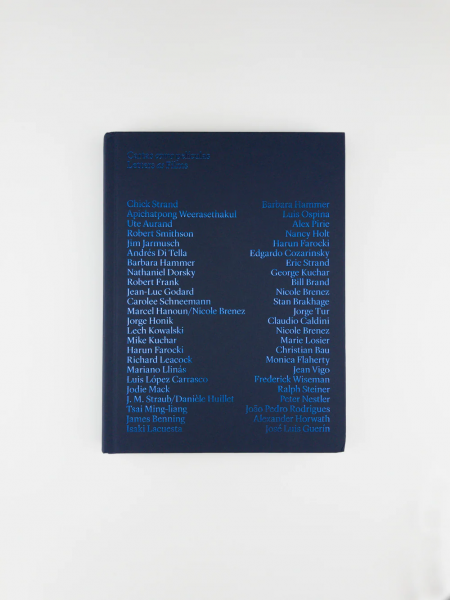
More than 50 postcards, manuscripts, typewritten letters and even emails are presented alongside stills, drawings and storyboards to create a stunning epistolary archive many years in the making. Curator and Punto de Vista International Documentary Film Festival director Garbiñe Ortega has compiled these materials in an effort to “create echoes and reverberations between materials which, as in a film, thanks to the editing, take on another meaning beyond their specific content.”
The volume includes correspondence exchanged among filmmakers Jodie Mack, Jonas Mekas, Stan Brakhage, Jorge Honik, Claudio Caldini, Lech Kowalski, Nicole Brenez, Marcel Hanoun, Nathaniel Dorsky, George Kuchar, Nazli Dinçel, Norman McLaren, Maya Deren, Jean Vigo, Richard Leacock, Monica Flaherty, Richard Linklater, Gabe Kingler, Robert Breer, Robert Smithson, Nancy Holt, Fernando Trueba, Jean-Marie Straub, Jim Jarmusch, Hanun Farocki, Robert Frank, Fred Wiseman, Margaret Tait, Ute Aurand, Terrence Malick, Lynne Sachs and Gunvor Nelson.
Published in 2021, Spanish & English
https://i-n-g-a.com/products/letters-as-films
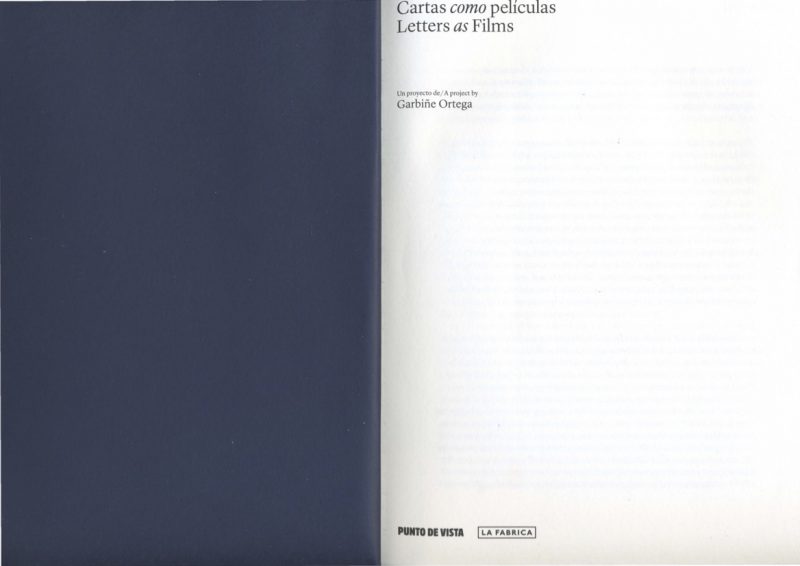
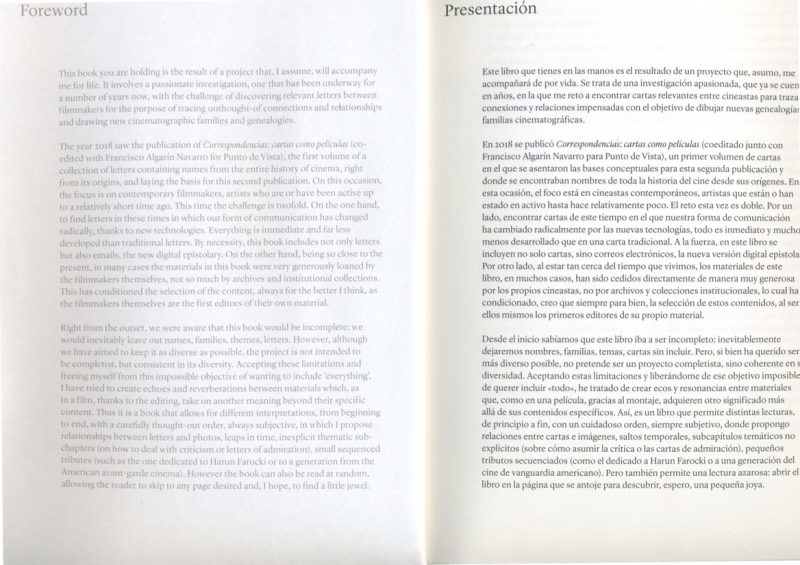
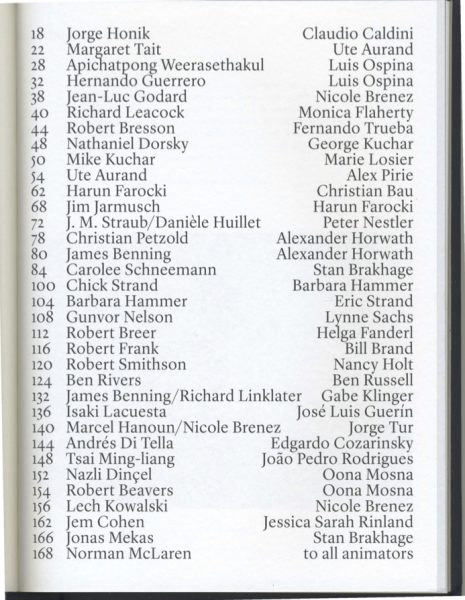
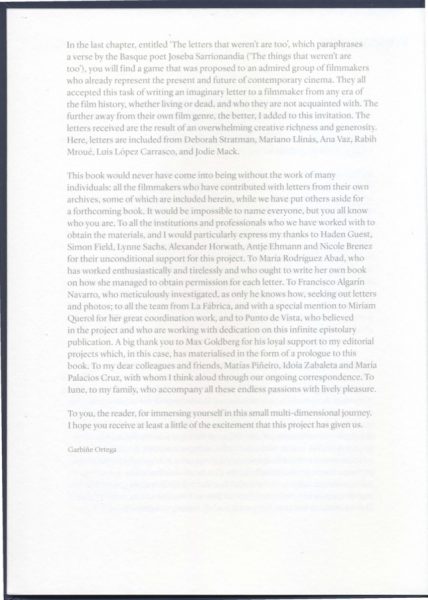
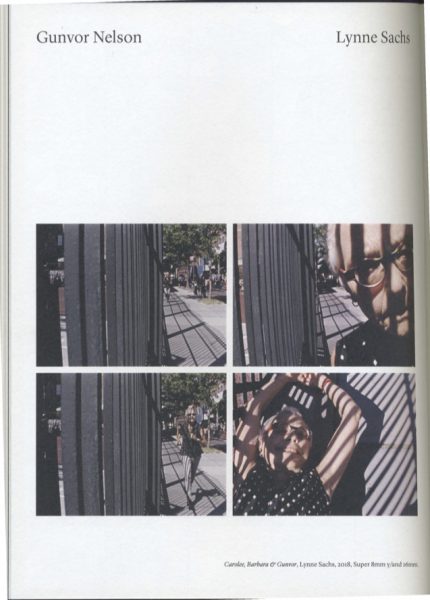
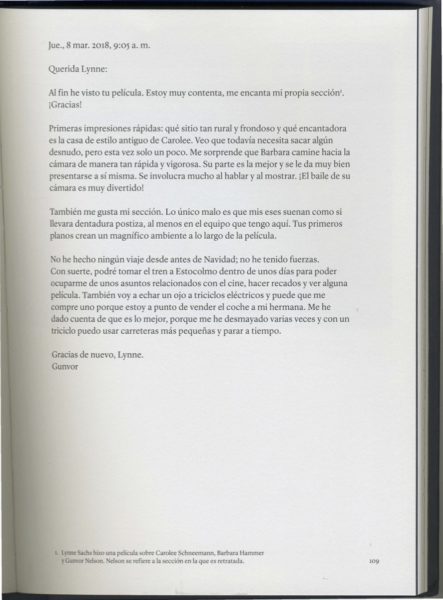
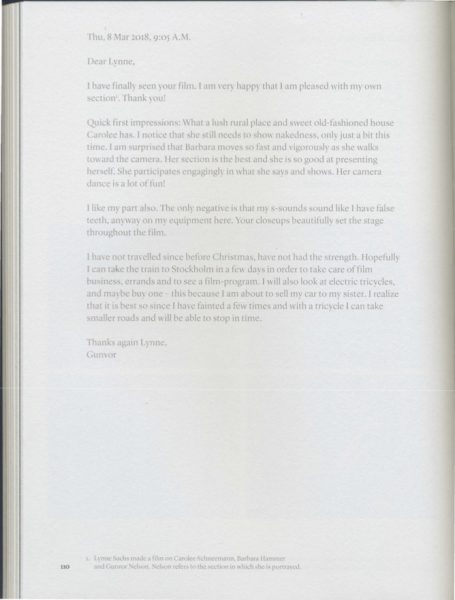
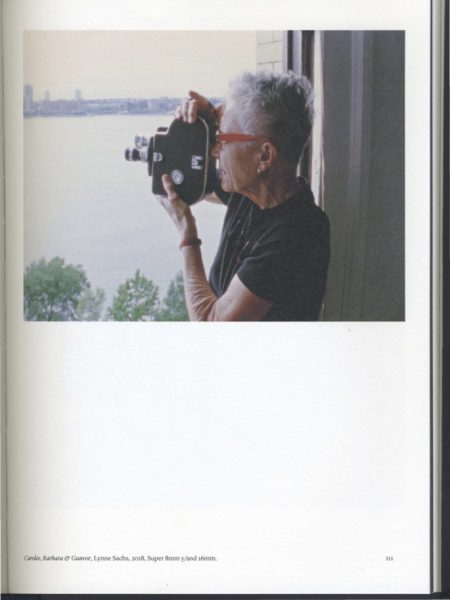
Cartas como películas / Letters as Films
A project by Garbiñe Ortega
This book you are holding is the result of a project that, I assume, will accompany me for life. It involves a passionate investigation, one that has been underway for a number of years now, with the challenge of discovering relevant letters between filmmakers for the purpose of tracing unthought-of connections and relationships and drawing new cinematographic families and genealogies.
The year 2018 saw the publication of Correspondencia:cartas como películas (co- edited with Francisco Algadn Navarro for Punto de Vista), the first volume of a collection of letters containing names from the entire history of cinema, right from its origins, and laying the basis fr)f this second publication. On this occasion, the focus is on contemporary filmmakers, artists who are or have been active up to a relatively short time ago. This time the challenge is twofold. On the one hand, to find letters in these times in which our form of communication has changed radically, thanks to new technologies. Everything is immediate and far less developed than traditional letters. By necessity, this book includes not only letters but also emails, the new digital epistolary. On the other hand, being so close to the present, in many cases the materials in this book were very generously loaned by the filmmakers themselves, not so much by archives and institutional collections. This has conditioned the selection of the content, always for the better I think, as the filmmakers themselves are the first editors of their own material.
Right from the outset, we were aware that this book would be incomplete: ·we would inevitably leave out names, families, themes, letters. However, although we have aimed to keep it as diverse as possible, the project is not intended to be completeist, but consistent in its diversity. Accepting these limitations and freeing myself from this impossible objective of wanting to include ‘everything’, I have tried to create echoes and reverberations between materials which, as in a film, thanks to the editing, take on another meaning beyond their specific content. Thus it is a book that allows for different interpretations, from beginning to end, with a carefully thought-out order, always subjective, in which I propose relationships between letters and photos, leaps in time, inexplicit thematic sub- chapters (on how to deal with criticism or letters of admiration), small sequenced tributes (such as the one dedicated to Harun Farocki or to a generation from the American avant-garde cinema). However the book can also be read at random, allowing the reader to skip to any page desired and, l hope, to find a little jewel.
In the last chapter, entitled ‘The letters that weren’t are too’, which paraphrases a verse by the Basque poet Joseba Sarrionandia (‘The things that weren’t are too’), you will find a game that was proposed to an admired group of filmmakers who already represent the present and future of contemporary cinema. They all accepted this task of writing an imaginary letter to a filmmaker from an)’ era of the film history, whether living or dead, and V\ho they are not acquainted with. The further away from their own film genre, the better, I added to this imitation. The letters received are the result of an overwhelming creative richness and generosity. Here, letters are included from Deborah Stratman, lVIarianoLlinas, Ana Vaz, Rabih Mrouc, Luis Lopez Carrasco, and Jodie Mack.
This book would never have come into being without the work of many individuals: all the filmmakers who have contributed with letters from their m, n archives, some of which arc included herein, while we have put others aside for a forthcoming book. It would be impossible to name everyone, but you all know who you are. To all the institutions and professionals who we have worked with to obtain the materials, I would particularly express my thanks to Haden Guest, Simon Field, Lynne Sachs, Alexander Horwath, Antje Ehmann and Nicole Brenez for their unconditional support for this project. To Maria Rodriguez Abad, who has worked enthusiastically and tirelessly and who ought to write her own book on how she managed to obtain permission for each letter. To Francisco Algarin Navarro, who meticulously investigated, as only he knows how, seeking out letters and photos; to all the team from La Fabrica, and with a special mention to Miriam Querol for her great coordination work, and to Punto de Vista, who believed in the project and who are working with dedication on this infinite epistolary publication. A big thank you to Max Goldberg for his loyal support to my editorial projects which, in this case, has materialised in the form of a prologue to this book. To my dear colleagues and friends, Matias Pineiro, ldoia Zabaleta and Maria Palacios Cruz, with whom I think aloud through our ongoing correspondence. To lune, to my family, who accompany all these endless passions with lively pleasure.
To you, the reader, for immersing yourself in this small multi-dimensional journey. I hope you receive at least a little of the excitement that this project has given us.
Garbiñe Ortega
Gunvor Nelson / Lynne Sachs
Dear Lynne,
I have finally seen your film. I am very happy that l am pleased with my own
section thank you!
Quick first impressions: What a lush rural place and sweet old-fashioned house Carolee has. I notice that she still needs to show nakedness, only just a bit this time. I am surprised that Barbara moves so fast and vigorously as she walks toward the camera. Her section is the best and she is so good at presenting herself. She participates engagingly in what she says and shows. Her camera dance is a lot of fun!
I Iike my part also. The only negative is that my s-sounds sound like I have false teeth, anyway on my equipment here. Your closeups beautifully set the stage throughout the film.
I have not travelled since before Christmas, have not had the strength. Hopefully I can take the train to Stockholm in a few days in order to take care of film business, errands and to see a film-program. I will also look at electric tricycles, and maybe buy one – this because I am about to sell my car to my sister. I realize that it is best so since I have fainted a few times and with a tricycle I can take smaller roads and will be able to stop in time.
Thanks again Lynne, Gunvor
